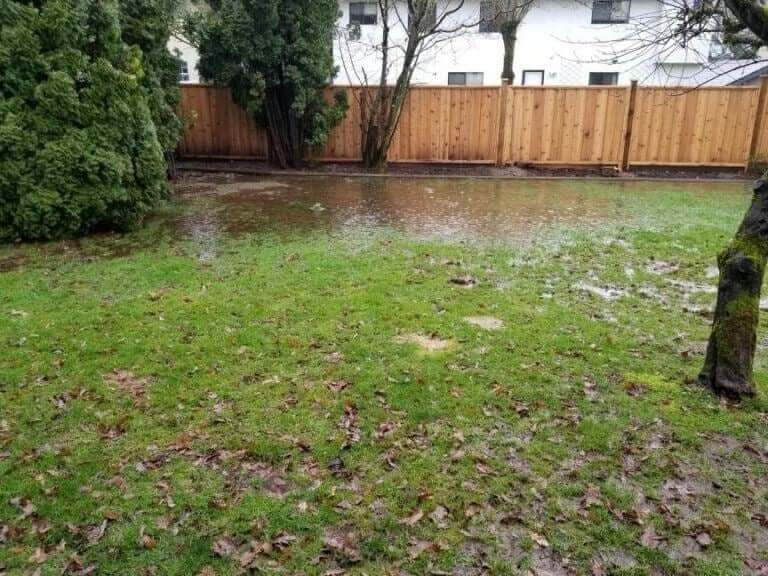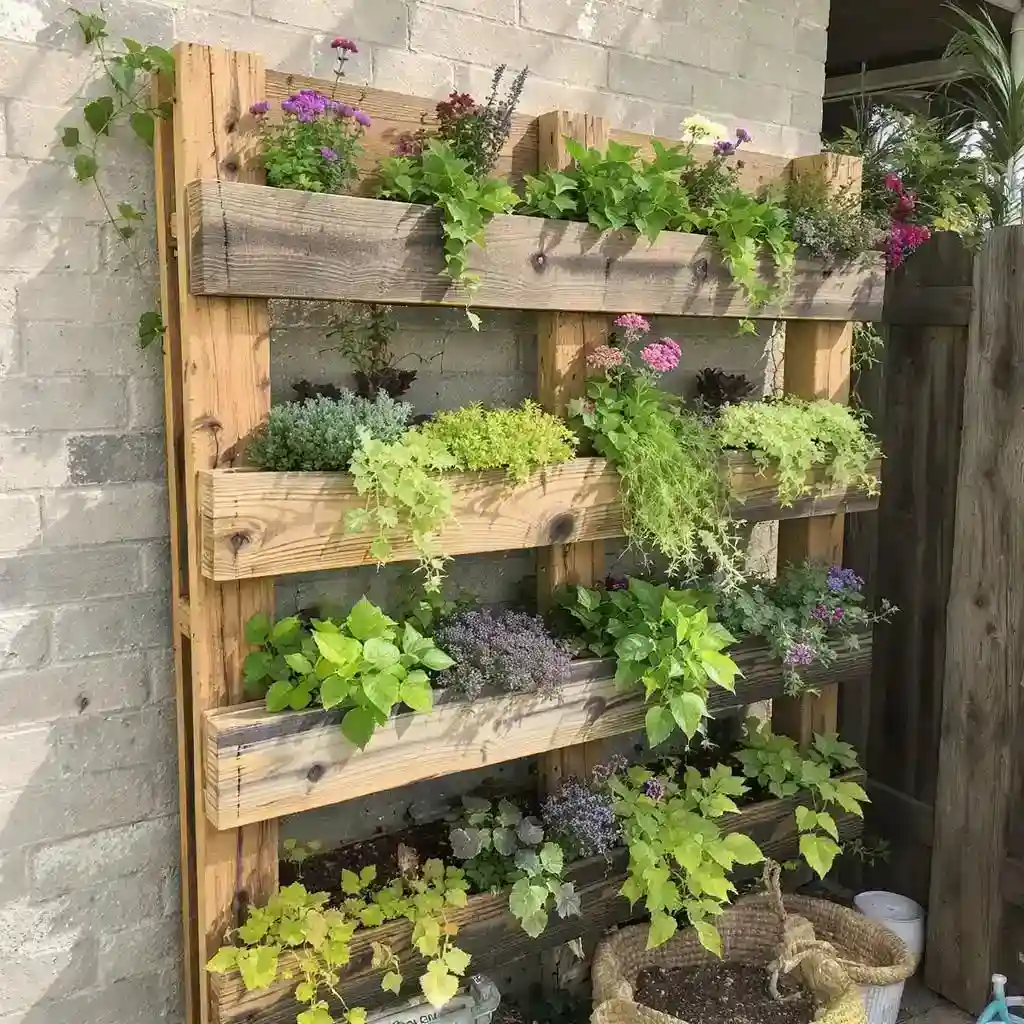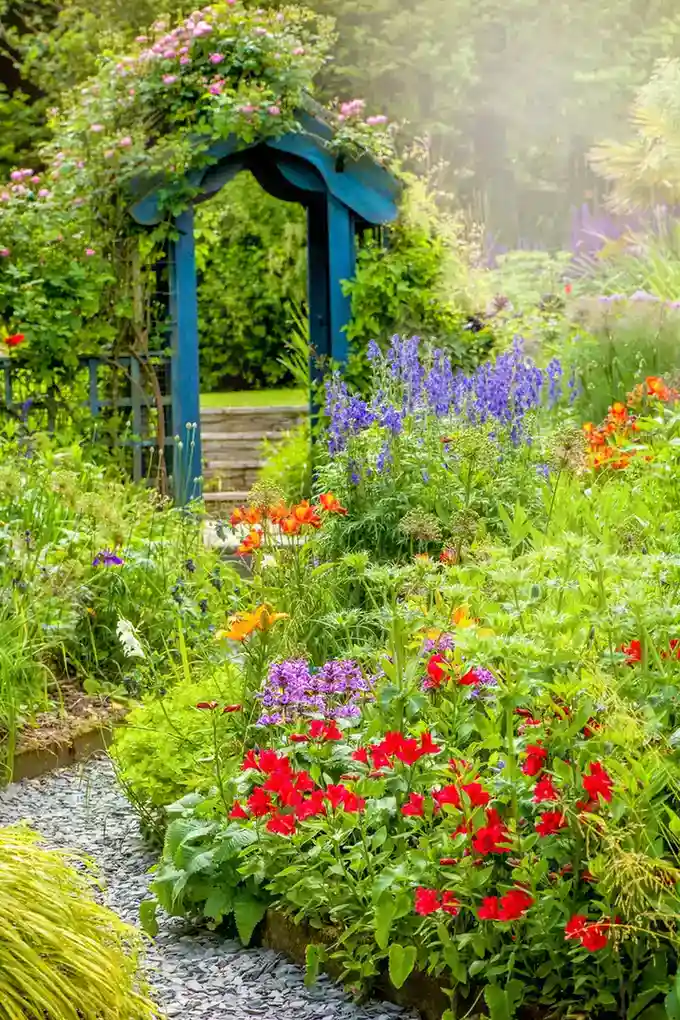Last Updated: July 26, 2025 by Anastasios Moulios
Fact checked by Katerina Lithopoulou
Yard drainage problems can creep up slowly or appear suddenly after a storm, but one thing is certain: ignoring them leads to bigger issues.
This guide walks you through exactly what causes poor drainage in your yard, the warning signs to look for, and the most effective ways to fix yard drainage issues, whether it’s pooling water, soil erosion, or flooded flower beds.
What Causes Poor Drainage in Yard?
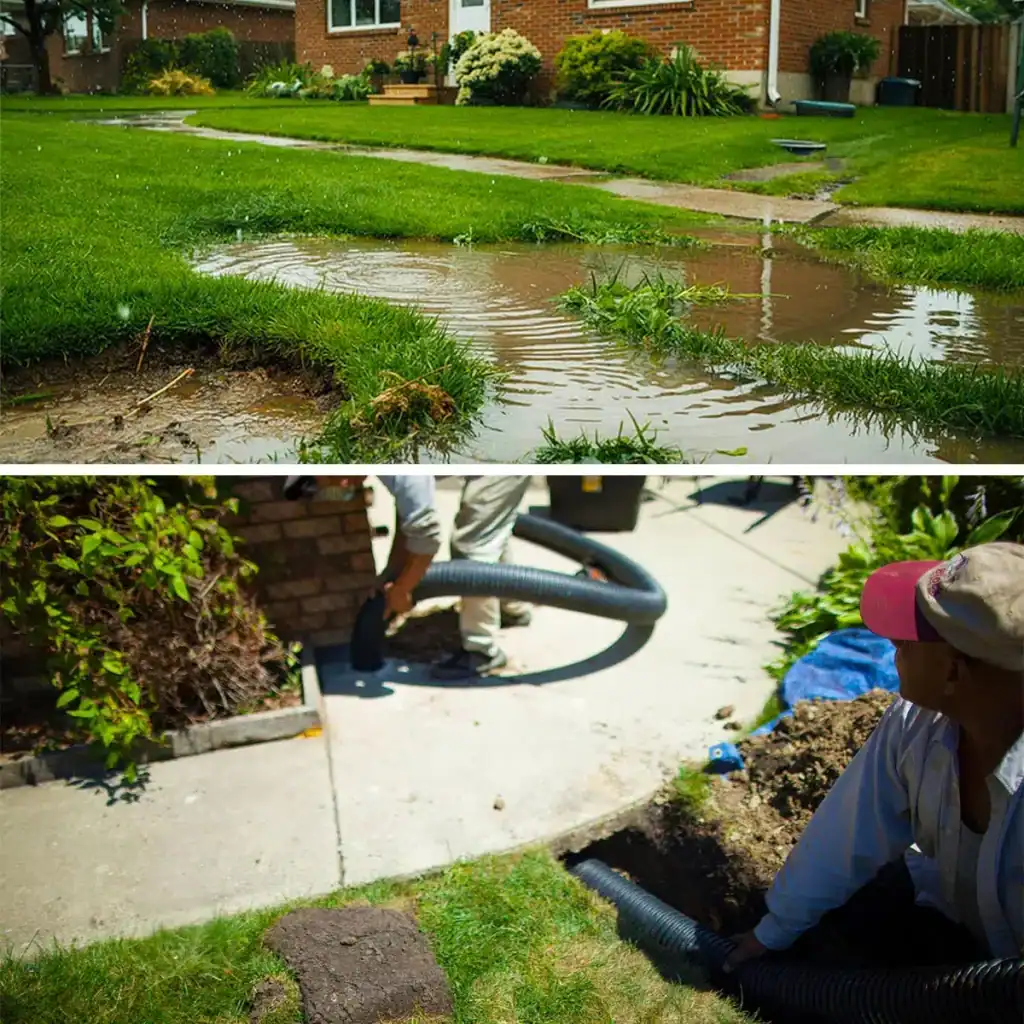
Drainage issues start when water has nowhere to go. Common causes include:
- Improper grading: If your yard slopes toward your house or has sunken areas, water collects rather than flows away.
- Compacted soil: Tightly packed soil prevents water absorption.
- Heavy clay soil: Clay holds water longer than loam or sandy soil.
- Short downspouts: When gutters drain close to your foundation, water can pool and cause erosion.
- High water table: In some areas, groundwater is naturally close to the surface.
- Poor landscaping design: Large patios, walkways, or planting beds can block natural water flow.
Signs Your Yard Has Drainage Problems
- Puddles that remain for hours or days after rain
- Mushy, soggy grass
- Yellowing or dying plants
- Erosion or exposed tree roots
- Water pooling near your home’s foundation
- Mildew or mold on exterior walls
- Standing water in garden beds or walkways
How to Fix Yard Drainage Issues
Drainage solutions depend on the severity and cause of the issue. Below are the most effective ways to solve common problems:
1. Grade Your Yard Properly
The land around your home should slope away from the foundation at least 6 inches over the first 10 feet.
Use a rake and shovel to add or remove soil, or hire a landscaper to regrade the lawn. Proper grading is the first defense against drainage trouble.
2. Build a French Drain
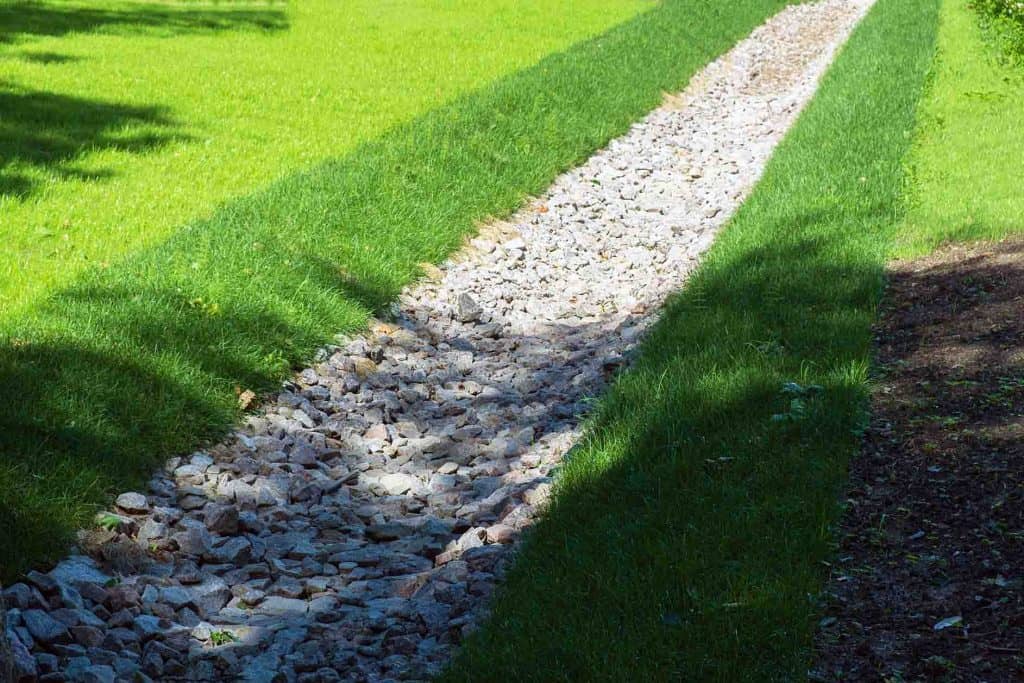
A French drain is a gravel-filled trench with a perforated pipe that redirects water away from trouble spots.
DIY Steps:
- Dig a trench 6 inches wide and 18–24 inches deep.
- Line with landscape fabric.
- Place a perforated pipe at the bottom.
- Fill with gravel and cover.
- Extend pipe toward a storm drain or downhill area.
French drains are ideal for waterlogged lawns and areas between houses.
3. Install a Dry Creek Bed

A dry creek bed is a decorative and functional drainage solution.
How it works:
- Dig a shallow trench along a natural slope.
- Line it with landscape fabric.
- Fill with river rock, gravel, and boulders.
It channels rainwater through your yard and adds a beautiful landscaping feature.
4. Aerate Compacted Soil
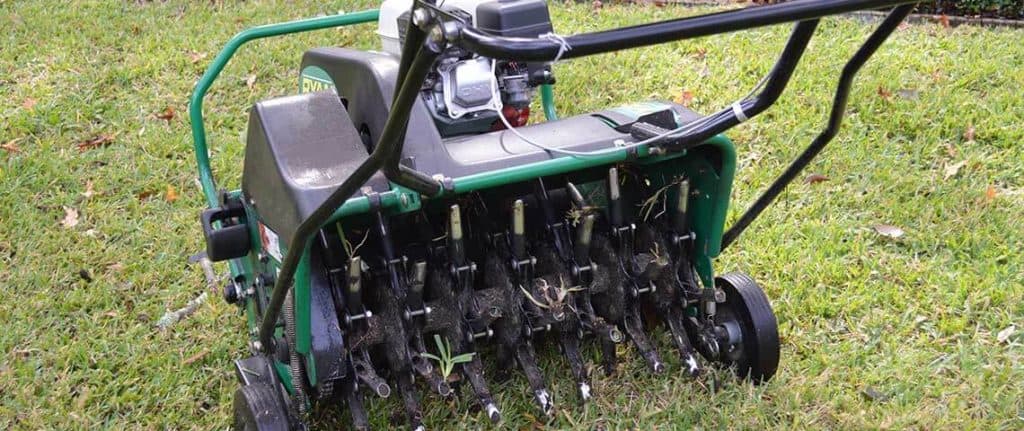
Aeration helps loosen soil and allows better water absorption.
Use a core aerator to pull out plugs of soil. Best done in spring or fall, aerating lawns annually prevents puddles and runoff.
5. Extend Downspouts Away from Foundation
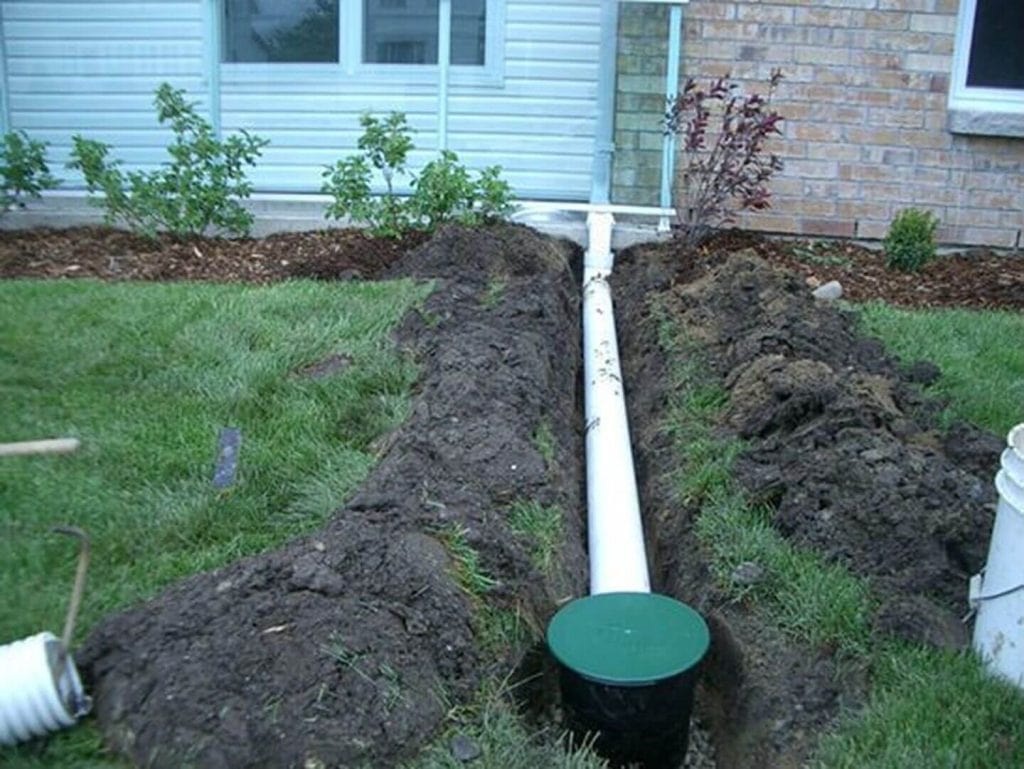
Install downspout extenders to carry rainwater at least 4–6 feet away from your house.
Use splash blocks, flexible tubing, or underground drainpipes to guide water safely.
6. Use Rain Gardens or Swales

Rain gardens are shallow, planted depressions that absorb runoff.
Build a rain garden:
- Choose native plants with deep roots.
- Dig a shallow basin in a low-lying spot.
- Fill with compost and well-draining soil.
- Use mulch to protect plant roots.
Swales are shallow ditches that slow and direct water flow across the lawn.
7. Redirect Water with a Catch Basin or Trench Drain

Catch basins collect surface water and connect to underground piping that directs it away.
Trench drains are long, narrow channels with metal grates—perfect for driveways or patios where water collects quickly.
8. Use Permeable Pavers
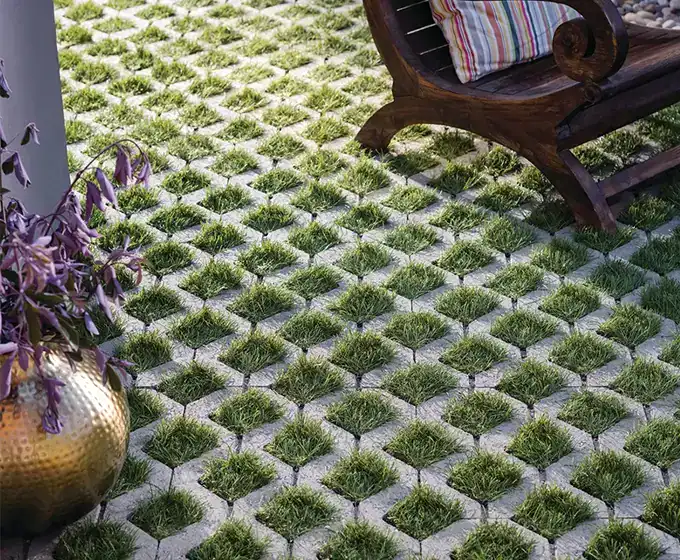
If you’re installing a walkway, patio, or driveway, choose permeable pavers instead of solid concrete.
These allow rainwater to soak into the ground rather than running off the surface.
Final Tips for Maintaining Yard Drainage
- Test your soil to understand its composition.
- Inspect gutters and downspouts regularly.
- Avoid overwatering your lawn or garden.
- Keep drains and grates clear of debris.
- Plant trees and shrubs strategically to break up water flow.
With the right strategy and a little effort, you can transform a soggy lawn into a healthy, well-draining yard that protects your plants, soil, and home.
I’m Anastasios Moulios, co-founder of DIY Cozy Living. I enjoy finding creative, practical ways to make small spaces feel warm, stylish, and lived-in — whether it’s a camper, a backyard, or a cozy room inside. I started this blog with Katerina to share real ideas that make home feel a little more personal and a lot more comfortable.

